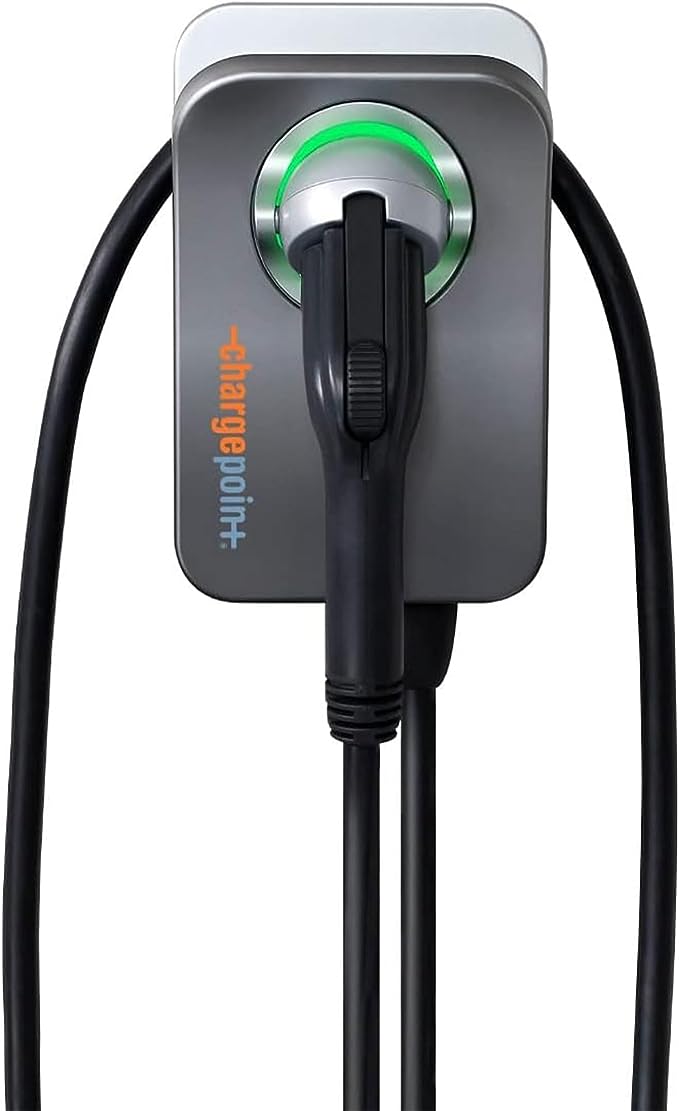Electric Vehicle Charging Ports Won’t Meet Demand in Six Years
By KERRY SMITH, CNR Magazine
Construction of electric vehicle – EV – charging stations continues to accelerate, but the current pace won’t fill the anticipated demand, industry experts say.
According to the U.S. Dept. of Energy’s National Renewable Energy Laboratory, the nation will need 28 million charging stations by 2030 to energize the projected 33 million light-duty, battery electric vehicles that will be on the road in just six years.
Of the 28 million Level 1 and Level 2 EV charging ports, 26.8 million will need to be privately accessible – meaning located at a single-family home, multifamily community or workplace. At least 200,000 more publicly accessible EV charging ports will be needed along interstate highways and in local communities. Level 1 EV chargers power vehicles via a 120-volt, common residential current. Level 2 EV chargers utilize a 240-volt (residential) or 208-volt (commercial) power supply. Level 3 or “DC fast charge” ports, such as those operated by Tesla, charge in minutes versus hours as the lower levels do.
Right now, the number of operational EV charging ports totals dramatically less than this, according to the Dept. of Energy. There are a total of some 200,000 EV chargers in existence across the U.S. today, with only one-tenth that are Level 3 fast-charge ports. An analysis by the Dept. of Energy’s NREL revealed the U.S. will need roughly 15 times the number of EV charging ports by 2030 than are currently in existence.
In April, the Biden Administration introduced a bold plan to accelerate EV adoption, mandating that by 2032 two-thirds of all new passenger vehicle sales must be electric vehicles. At this time, only 8 percent of total new-vehicle sales in the U.S. consist of EVs, according to Cox Automotive. EVs comprise only 1 percent of all vehicles on the road nationwide today.
“This transition is unprecedented in the history of the automotive industry and will require support across multiple domains, including a national charging network,” said Dept. of Energy Director Jennifer Granholm. “Predicting EV charging infrastructure needs at the national level is a challenging analytic problem. To determine these needs, we looked at EV adoption patterns, vehicle technology, residential access, travel profiles and changing behavior.”
Fresh Content
Direct to Your Inbox

YOUR CONSTRUCTION VOICE IN ST. LOUIS AND BEYOND
Join CNR Magazine today as a Content Partner
As a CNR Content Partner, CNR Magazine promises to support you as you build, design and engineer projects not only in and around St. Louis, but also across the U.S. CNR is equipped and ready to deliver a dynamic digital experience paired with the top-notch, robust print coverage for which you’ve always known and respected the magazine.






